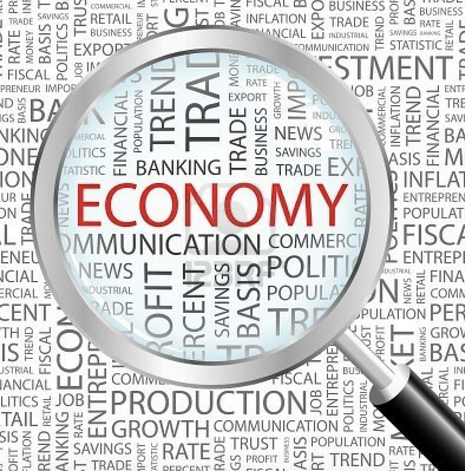Oren Cass is a senior fellow at the Manhattan Institute and author of the new book “The Once and Future Worker: A Vision for the Renewal of Work in America.”
“First of all, the economy itself is really strong,” Commerce Secretary Wilbur Ross told CNBC on Tuesday, citing such factors as low unemployment and high consumer confidence. “It’s the press that seems more obsessed with what may lie in the future.” Policymakers should share that obsession, though, because America is at once booming and fading.
Last week, for example, the Centers for Disease Control and Prevention confirmed that U.S. life expectancy declined for a third straight year in 2017 — a calamity last observed in the 1910s amid a global flu pandemic and World War I. Gross domestic product is surging and now stands nearly 20 percent above its pre-recession level, yet the Economic Innovation Group’s Distressed Communities Index reports that the most prosperous 20 percent of U.S. Zip codes account for the entire net increase in employment over that period. Across the remaining 80 percent of the United States, fewer jobs exist now than in 2007.
In a world that revolves around sound bites, headlines and tweets, the art of holding two ideas in one’s head has lost its appeal. But that is what understanding this moment in the United States requires. The economy is booming, as most every metric will attest. But it is doing so in cyclical terms, in an upswing following a deep recession. The economy’s long-term trajectory, at least for less-educated Americans, remains downward. We have yet to grapple with the problems that have degraded the U.S. labor market for decades, so we have no right to expect improving results.




